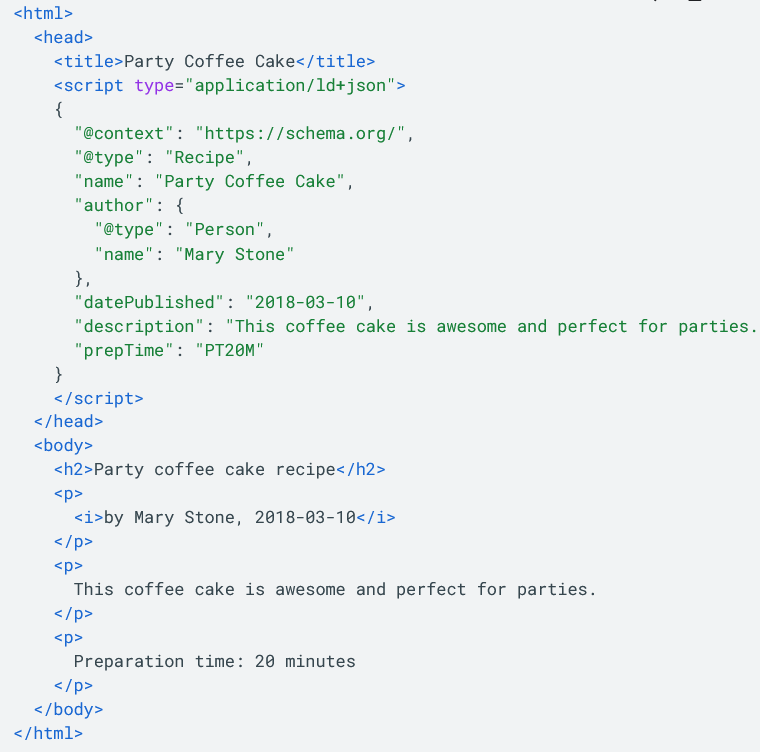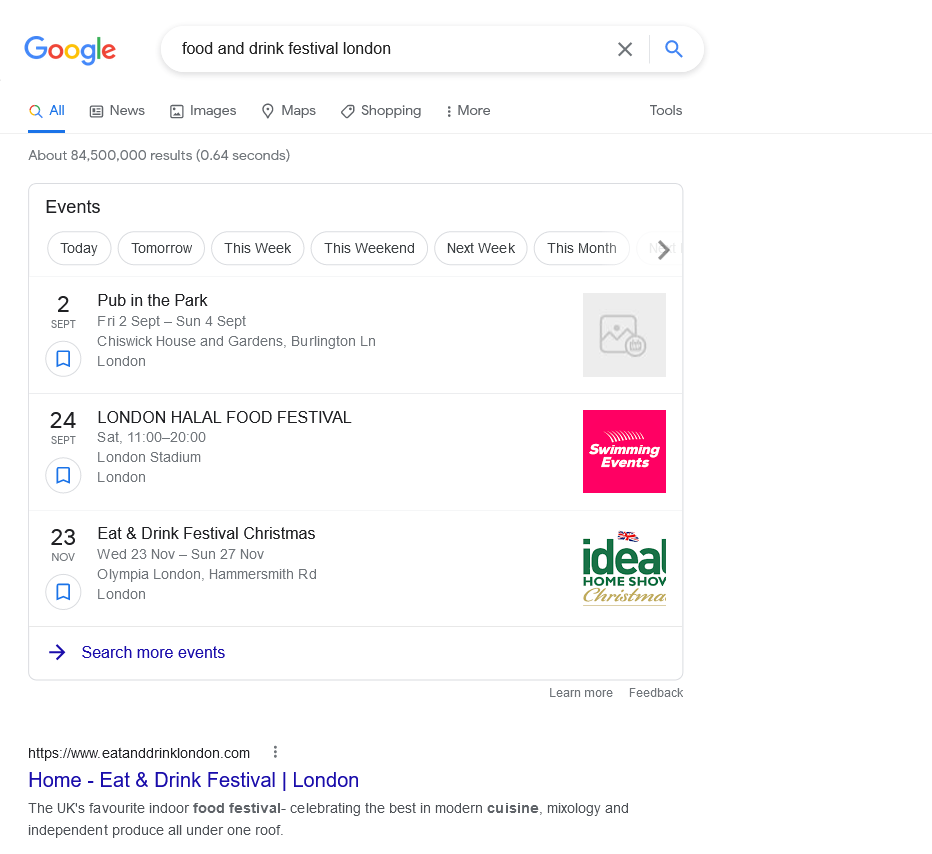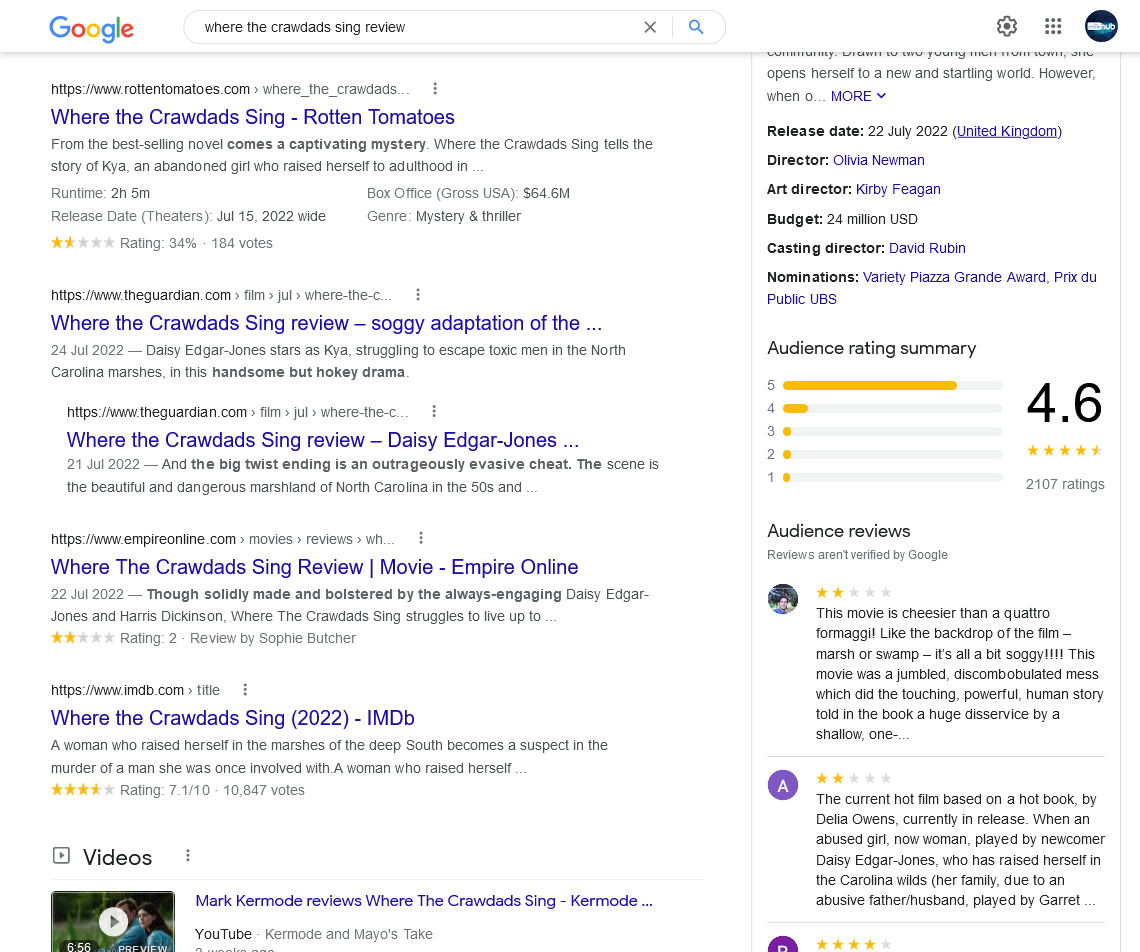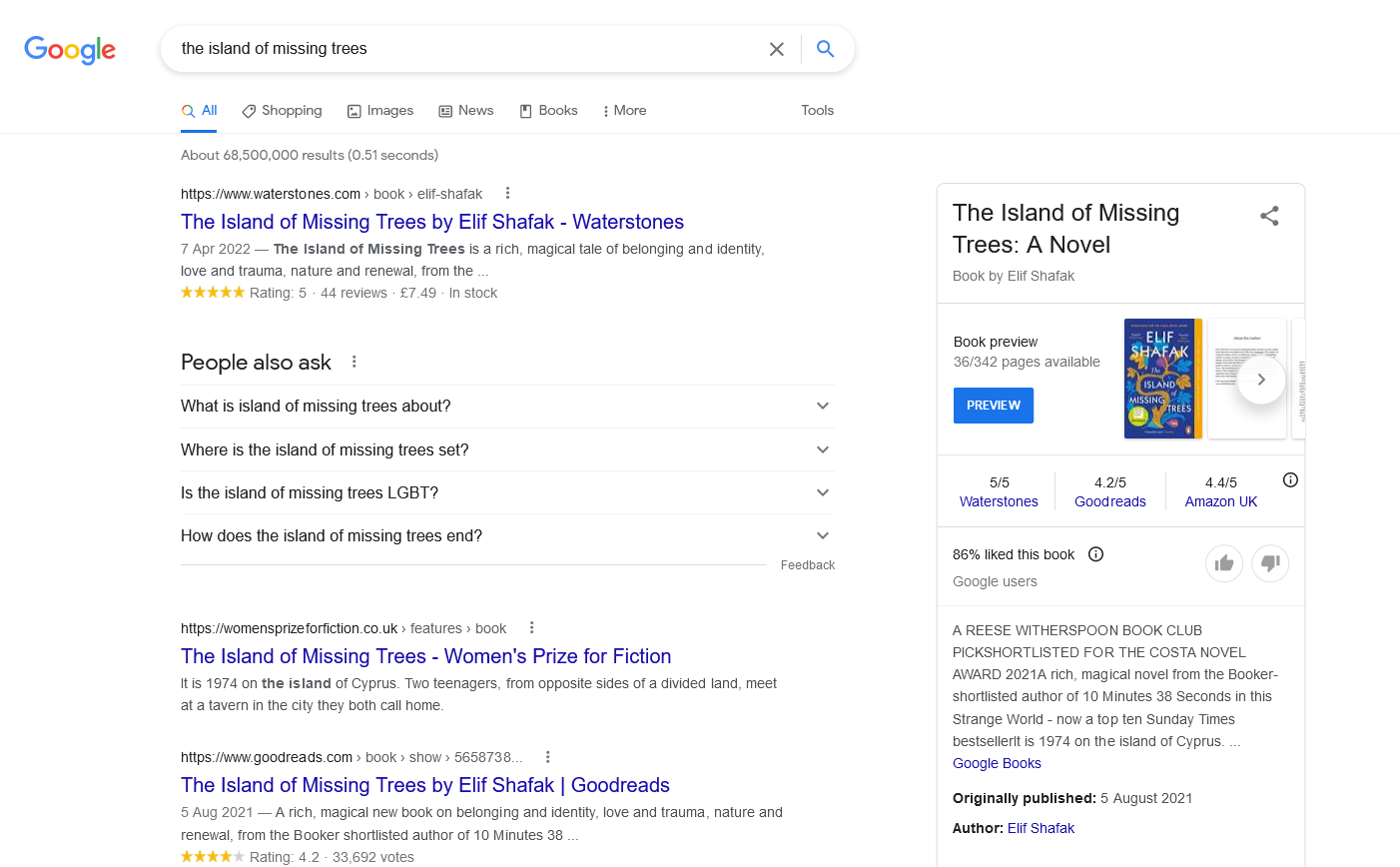What Is Schema Markup and Why Is It Important?
16 August 2022
By Sophie Barber
Web developers and digital marketers throw around all sorts of terms when discussing your website, and one you might have come across is ‘schema markup’ or ‘structured data markup’. In this blog, we take a look at what this actually is and why it’s important to implement it on your web pages.
What is schema markup?
Schema markup is a type of structured data vocabulary that you can add to your website’s code to help search engines contextualise your web pages. It is a standardised format for classifying page content and allowing search engines to present it properly in the search engine results pages (SERPs).
The schema markup project on Schema.org began as a mission to create, maintain, and promote schemas for structured data on the Internet. According to them, over 10 million websites use Schema.org to mark up their web pages and email messages.
It can be used to mark up a range of different items on the internet, such as products, recipes, events and creative works like books and films.
Currently, schema markup is recognised by Google, Bing, Yahoo! And Yandex. It was developed as a collaboration between these search engines as a shared vocabulary to make it easier for webmasters to tag their pages.
What does schema markup look like?
How schema markup appears will depend on what you are marking up but there is a standardised format for inputting this information.
As an example which appears on Google Search Central, a product page schema markup would look something like the below.

How do you use schema markup?
The best way to test your existing schema markup, or see whether you can add schema markup to your page, is to use Google’s Rich Results Test.
Many content management systems (CMS) will allow you to install a plugin which means you can implement structured data markup more easily.
A professional web developer should be aware of schema markup and be able to implement it on your key pages when building your website.
Why should you use schema markup?
Schema markup is beneficial because it enhances your standard result to make something more user-friendly and useful. It draws attention and makes your result more prominent in SERPs, which will hopefully improve your click-through rates too!
Is schema markup beneficial for SEO?
SEO has become more closely tied to user experience as search engine algorithms have become more sophisticated. While there is no evidence that schema markup will directly have an impact on your rankings, we know that Google tends to favour web pages and websites that prioritise the experience of the user.
Plus, as we mentioned it will improve your appearance in the search results and make your website more appealing to users. So, when you are reviewing the other SEO considerations on your website, it’s definitely worth looking at implementing schema markup to ensure your web pages are in the best possible position (pun intended).
What are the different types of schema markup?
Articles
Articles can either be AMP (accelerated mobile pages) or non-AMP and structured data can be added to either. However, only an AMP can appear in the ‘Top Stories’ carousel. A standard page that has article structured data added may allow images and the publication date to appear in the search results.

Events
Adding schema markup to events pages allows you to have potentially more interactive results – it makes your events eligible to be displayed in the ‘Events’ box on Google.

Products
For e-commerce websites, adding product schema markup to your product pages is definitely recommended. It allows you to add price, ratings, availability and images which have the potential to appear as an enhanced result.

Job listings
You can add structured data to job posting web pages to improve the user experience in Google Search results. Your result becomes eligible to appear in the ‘Jobs’ box on Google which is the most prominent feature on the results page and also allows users to filter the results to meet their requirements.

Reviews
When Google finds valid rating markup, it may show a rich snippet that includes a star rating and other summary text. Review snippets may appear in rich results or Google Knowledge Panels. For specific types of reviews (e.g. a recipe or film), you will need to choose the type of schema markup.

Recipes
You can add additional information to your recipes through structured data, such as ratings, cooking time, key ingredients and images. Your recipe may be eligible to appear in the ‘Recipes’ box but you can also get an enhanced listing in the standard web results list.

Creative works
Similarly to recipes, you can add key information to books, films, television shows, and artwork. This includes reviews and ratings, as well as author or artist name, date of release and more.

We hope this overview of what schema markup is and the different types you might find has been useful. It’s definitely worth making sure that key pages on your website include structured data to ensure they are as optimised for the user as possible!
SB.